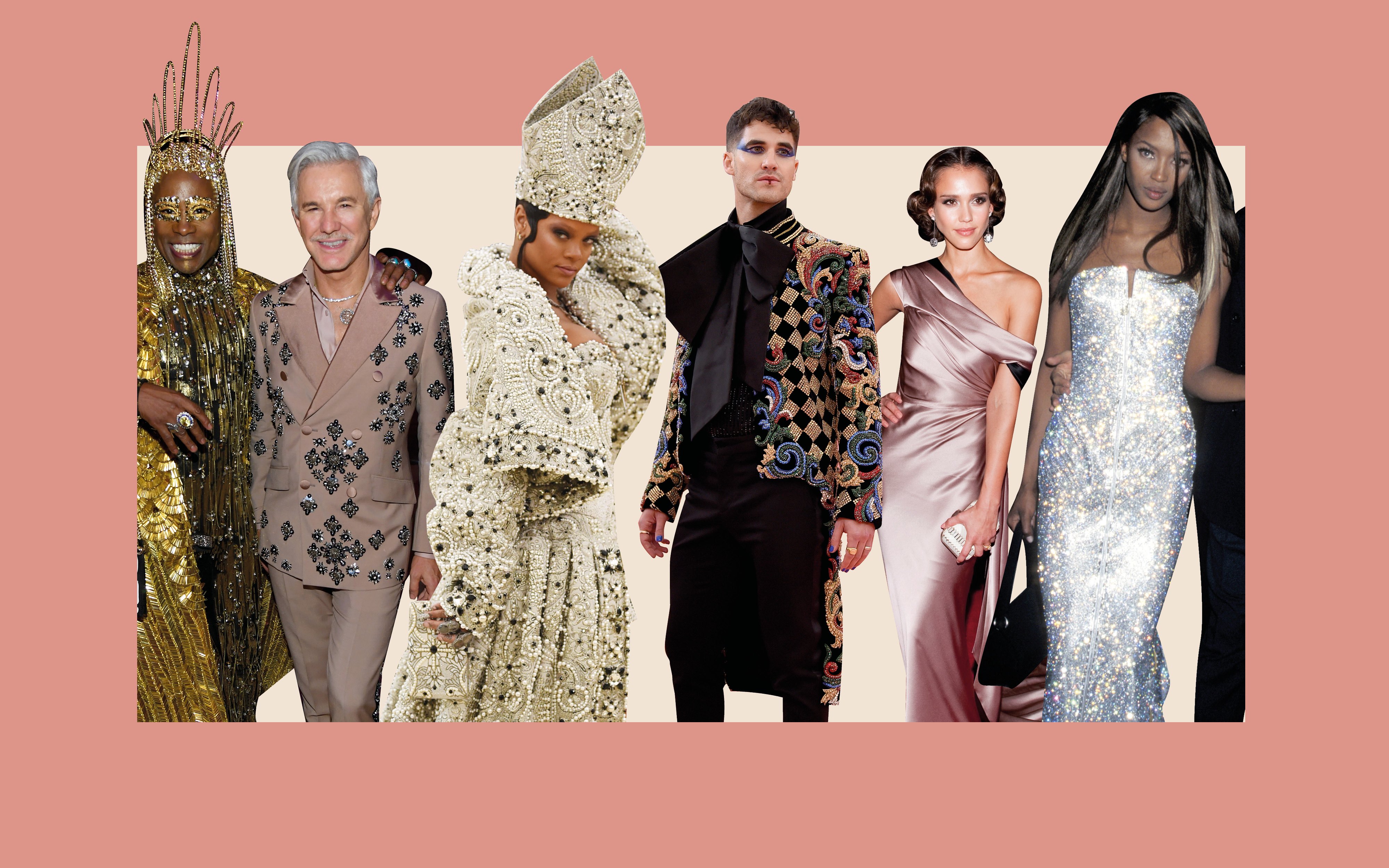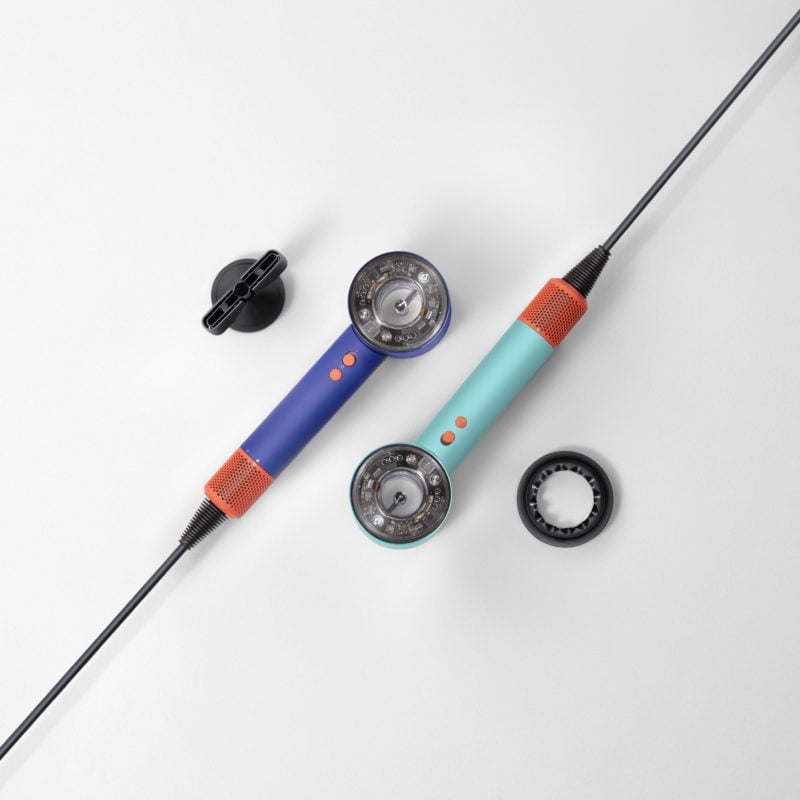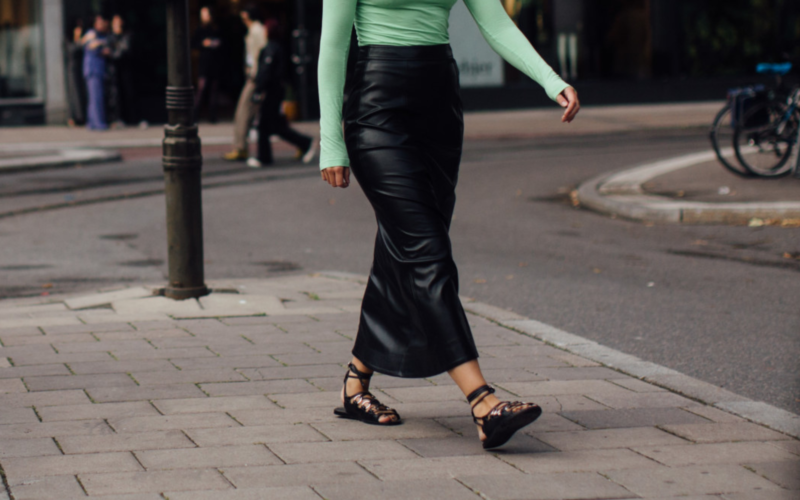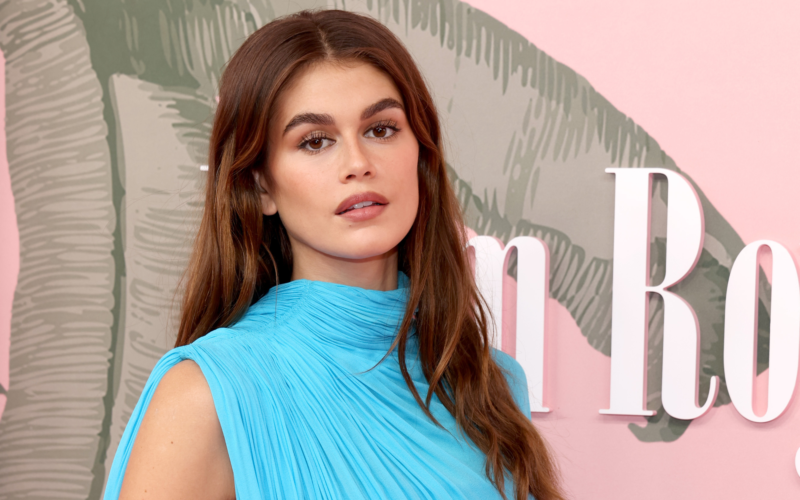What Do We Get Wrong About Gender-Fluid Fashion?
Hint: It doesn’t always look the same, and that’s a good thing.
I’m a fat non-binary Black person, and my personal style has been complicated. In my late teens and early 20s, when I identified as straight and cisgender, my style was deeply, deeply feminine — think Katy Perry circa her debut album. I had a penchant for 1950s-inspired fit-and-flare outfits, carefully showcasing my body in “the right way” (read “as a woman”).
RELATED: Who Can Wear Gender-Fluid Fashion?
When I came out as queer and pansexual, and then later as non-binary, it was deeply confronting — it felt like an existential style crisis! After a lifetime of conforming, I wasn’t sure if my entire personal style had to change. This Lydia didn’t have to look a certain way — they were exactly who they should be, whatever felt right in the moment. But when I take a look at the “gender-fluid” collections on the market, they feel very limiting. And I’m certainly not the only person who feels this way.
According to The Business of Fashion, about 56 per cent of global Gen-Zers have shopped for clothing that is not classified as a specific gender, and research conducted by Klarna has found that around 70 per cent of consumers state they’re interested in buying gender-fluid fashion in the future. With that in mind, brands have risen to the occasion. Everyone from Adidas to Nordstrom has created a unisex collection, the most recent of which is Lizzo’s Yitty gender-affirming shapewear. (It was announced in March and launches this summer.) And while this is all great (and it really is great!), there’s a lot that these brands still get wrong.
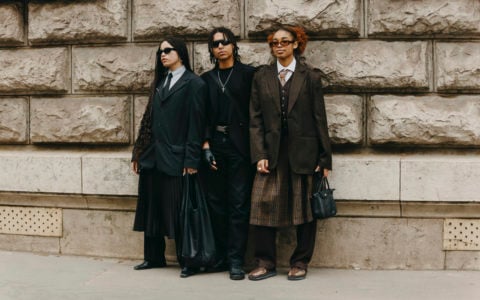
The gender norms we’ve come to know (women wear skirts, dresses and heels; men wear suits and flat shoes) became popular around the 19th century in Western countries, with strict rules for who gets to wear what. Before that time, there was far more flexibility in Europe with regard to gendered dress. Children of all genders wore floofy little dresses, and it was fashionable for men to wear heels. As Europeans colonized most of the globe, they encountered many cultures that embraced clothing with gender norms that differed from those of Europe. Deeming these norms primitive and uncivilized, Europeans made sure they disappeared. More than a hundred years later, society is seemingly stuck in these rigid ideas. Even worse, somewhere along the way, it has created these “rules” for what gender-fluid fashion should look like.
For example, why does gender-fluid fashion always have to be drab? Where are the bright colours? Where are the fun patterns? The “neutral” in gender neutral is often taken quite literally! Fluidity doesn’t exclusively mean a lack of colour or patterns! And yet there have been endless gender-neutral sweatsuit launches in a unisex version of khakis, creams and charcoal.
Not everyone who is gender fluid wants to wear clothes that are the “opposite” of their gender assignment at birth.
There is also an onslaught of menswear under the gender-fluid banner — jeans, collared shirts, overalls and trousers. To suggest that someone gender fluid only wants to find men’s clothing sized down is quite a limited view. This perspective reflects the idea that the default desired gender expression is as close to a cis male as possible. It’s ridiculous to leave out items that are more feminine; gender-fluid style should be inclusive of all clothing.
And let’s make one thing clear: Not everyone who is gender fluid wants to wear clothes that are the “opposite” of their gender assignment at birth (for example, a “woman” wearing men’s clothes). Those who identify in the gender-fluid spectrum have a multitude of approaches to how their gender is expressed — a fact that is not any different from folks who identify as cis. We all navigate our relationship to gender in differing approaches and importance, regardless of our gender identity. My love of pink and tulle doesn’t nullify my identity as a non-binary person; it is my own personalized expression.
My gender journey has involved loosening the reins on what I think I should wear with my body type. I feel most incredible when I allow myself to be imaginative — to let the stylist in me explore looks that are less prescriptive. Some days, my outfit is loud and over-the-top; other days, a tee with jeans feels amazing. It’s not one or the other — much like a non-binary viewpoint. Clothing is inanimate and without a gender unless we assign it one. It has taken some time, but I’ve realized that my personal style doesn’t have to conform. And I’m hopeful for a future in which everyone is able to express themselves exactly as they want to, without judgment, in whatever clothing is right for them.
This article first appeared in FASHION’s Summer 2023 issue. Find out more here.

